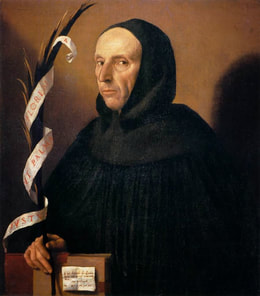
To view a video presentation on this article, click here
To view a screen capture presentation on this article, click here To listen to an audio presentation on this article, click here Serious and Intelligent Born of Italian nobility in the city of Ferrara in 1452, Savonarola was described as a serious and intelligent boy who, at an early age, gravitated to the writings of some of the most learned men in history. He received instruction in philosophy, logic and medicine from his father and grandfather. From studying the writings of Plato and Dante, he came to develop a deep spiritual hunger. The pictorial illustrations of hell in Dante’s Inferno tormented him. The Centre of the Renaissance In 1475, he decided to become a monk and joined the Dominicans. After an intense time of study, he was sent to the city of Florence. In the 15th Century, the centre of the Renaissance was Florence, Italy. From this centre of science and art, masters such as Michelangelo, Leonardo Da Vinci and Raphael produced exquisite and timeless art. 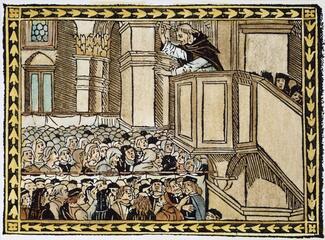
Fearless Preaching
In studying the writings of Augustine of Hippo, Savonarola came to see how far the church had fallen from its Apostolic calling. Girolamo Savonarola began fearlessly to preach Christ amidst the moral decay, irreligious lifestyles, superstitious beliefs and unbiblical practices of the clergy and community. He was 38 years old when he began his work of Reformation in Florence. Confronting Corruption Vast crowds gathered to hear his denunciations of the prevalent corruption and immorality. The majestic cathedral was filled to over-flowing by citizens of Florence eager to hear this celebrated orator expose the corruptions of the ruling Medici family and the idolatry and corruptions of the Roman church. Savonarola preached repentance from sin with a growing earnestness. Many hardened sinners surrendered their lives to Christ and forsook their evil ways of life. 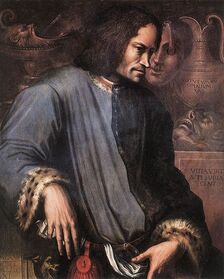
Incorruptible
The ruler of Florence, Lorenzo de' Medici, tried to silence the Reformer with gifts and attempted bribes. However, Savonarola was relentless and incorruptible. When Lorenzo was dying, at age 44, he sent for Savonarola, but when the Reformer found that Lorenzo had no intention of repenting of his sins, he refused him the blessing which was customary to grant to the dying. Reformation in Florence The people ousted Lorenzo’s son and unanimously chose Savonarola as ruler of Florence. For three years Savonarola governed Florence with justice and efficiency. Savonarola intended the city to become an example of a Christian commonwealth in which God is the Ruler and His Gospel the Sovereign Law. Dens of iniquity and vice were closed down. Gambling was outlawed; licentious books and pictures were destroyed in a “bonfire of vanities.” 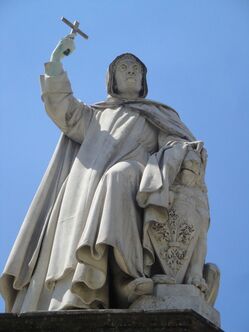
Papal Power Play
Some people began to resent the strictness of the new rule. Pope Alexander was one of the most notoriously immoral popes with five illegitimate children whom he openly promoted to high office. This pope engaged in the most unscrupulous conduct, including bribery and murder. Pope Alexander VI took the lead in attacking the Reformer of Florence. Firstly, Alexander VI tried to make Savonarola a cardinal and offered him great bribes. Savonarola rejected all these declaring: “I do not desire any other crown than the crown of a martyr.” Excommunication and Torture Thereafter the pope attempted to spread slander to undermine the authority of Savonarola. Then the pope excommunicated and imprisoned him. People who had previously acclaimed and supported Savonarola now allowed him to be tortured and joined in a chorus of condemnation of the courageous Reformer. 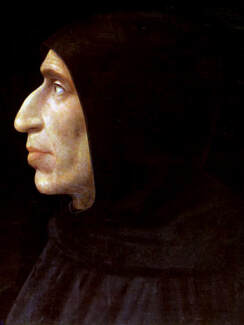
Steadfast
However, Savonarola remained steadfast. He refused to be shaken in his convictions even after the most unbearable tortures. On 23 May 1498, Savonarola was burned to death in the great square in the city of Florence. Before a huge crowd, a bishop declared to the condemned Savonarola: “I separate thee from the church militant and triumphant.” Savonarola responded: “Militant, not triumphant, for you have no power to separate me from the Church triumphant to which I go.” Savonarola died at age 45. Regeneration “We must regenerate the church,” taught Savonarola. “None are saved by their own works. No man can boast of himself; and if, in the presence of God, we could ask all these justified of sins – have you been saved by your own strength? All would reply as with one voice: ‘Not unto us O Lord! Not unto us; but to Him be the glory!’” Scripture Alone Savonarola gave special emphasis to the authority of the Bible. “I preach the regeneration of the church, taking the Scriptures as my sole guide.” 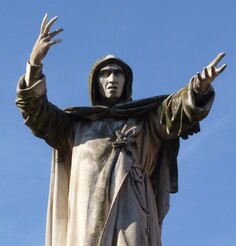
Christ Alone
As Savonarola was being severely tortured on the rack, he prayed: “O Lord… I do not rely on my own justification, but on Thy mercy.” In between his tortures, he wrote meditations on Psalm 32 and 51, which Martin Luther later published, describing them as: “a piece of Evangelical testimony and Christian truth.” Courage and Faith Savonarola met his martyrdom with courage and faith, declaring: “Should I not willingly die for His sake Who willingly died for me, a sinful man?” “Do not be afraid of those who kill the body and after that have no more that they can do.” Luke 12:14 Dr. Peter Hammond 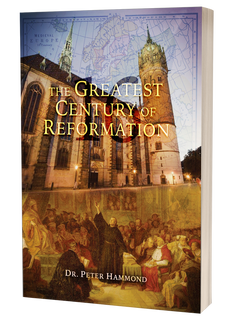
This article is adapted from a chapter in The Greatest Century of Reformation book (288 pages, over 200 historic pictures and maps, 20 chapters and 16 appendices) and is available from
Christian Liberty Books, PO Box 358, Howard Place 7450, Cape Town, South Africa, Fax: 086-551-7490, Email: [email protected] and Website: www.christianlibertybooks.co.za.
1 Comment
Leave a Reply. |
History ArticlesCategories
All
Archives
May 2023
|
- Home
-
History Articles
- History Articles
- All Categories
- Character Studies
- Greatest Century of Missions
- Greatest Century of Reformation
- Reformation In Bohemia
- Reformation In England
- Reformation In France
- Reformation In Geneva
- Reformation In Germany
- Reformation In Italy
- Reformation In Scotland
- Reformation in Switzerland
- Victorious Christians
- Contemporary Articles
- Resources
- Contact
- Donate
|
The Reformation Society
PO Box 74, Newlands, 7725, South Africa Tel : (021) 689-4480 Email: [email protected] Copyright © 2022 ReformationSA.org. All rights reserved |
- Home
-
History Articles
- History Articles
- All Categories
- Character Studies
- Greatest Century of Missions
- Greatest Century of Reformation
- Reformation In Bohemia
- Reformation In England
- Reformation In France
- Reformation In Geneva
- Reformation In Germany
- Reformation In Italy
- Reformation In Scotland
- Reformation in Switzerland
- Victorious Christians
- Contemporary Articles
- Resources
- Contact
- Donate
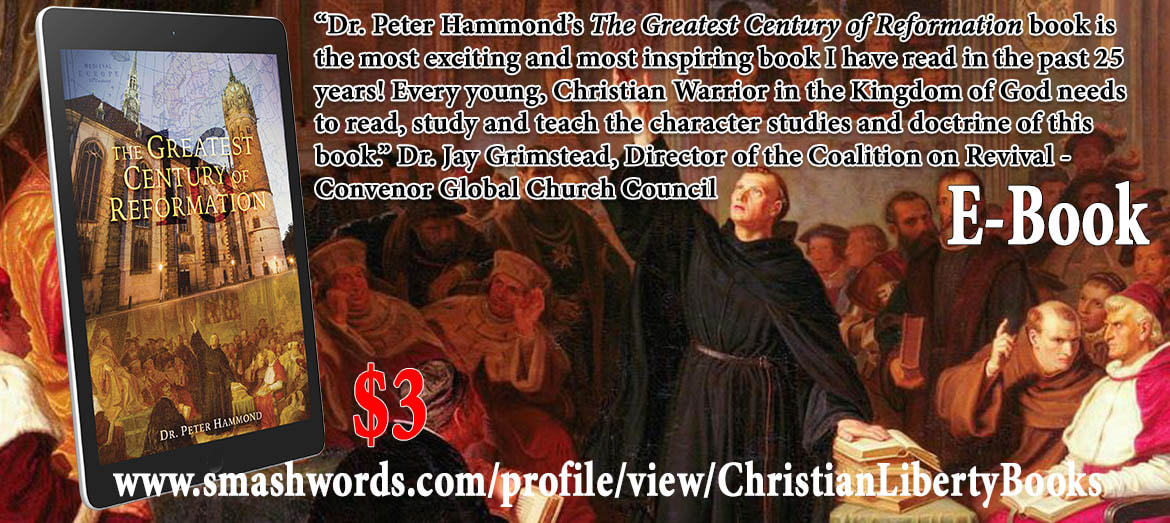
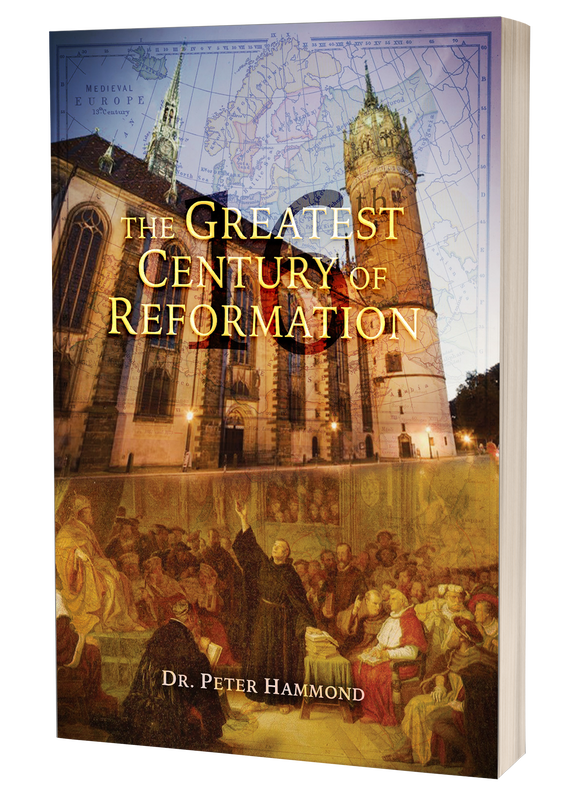
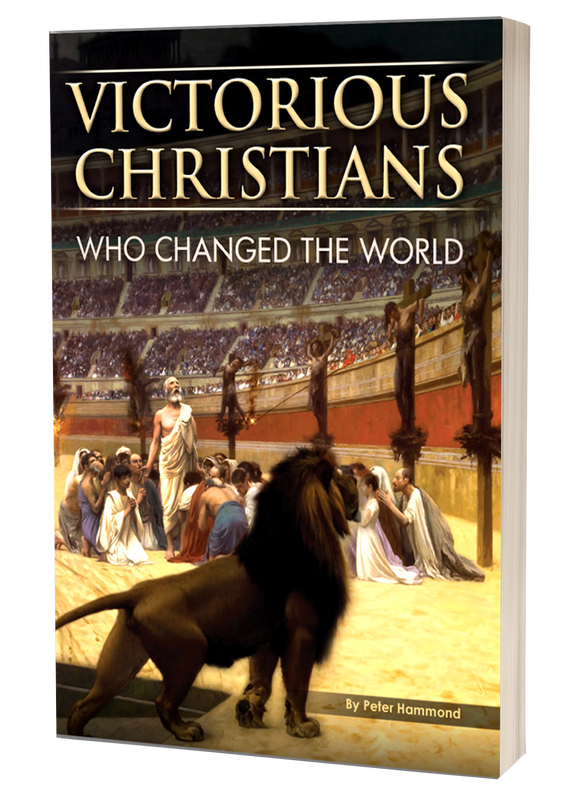
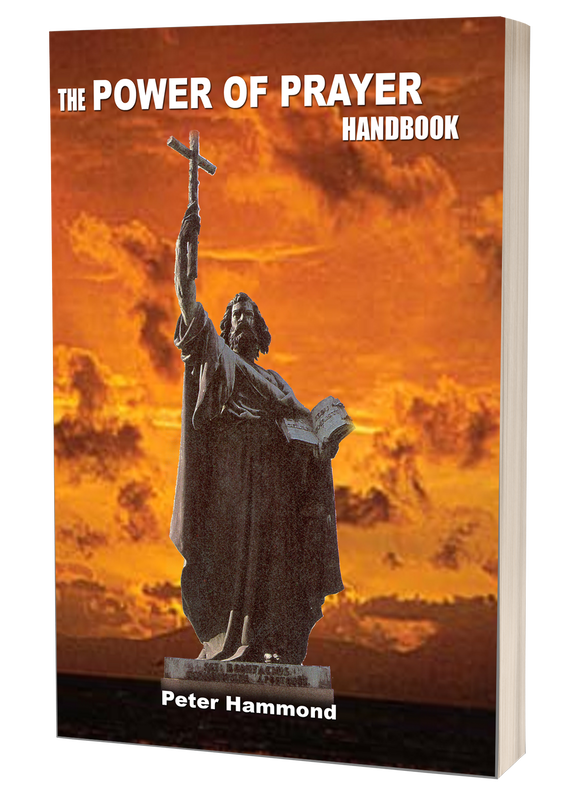
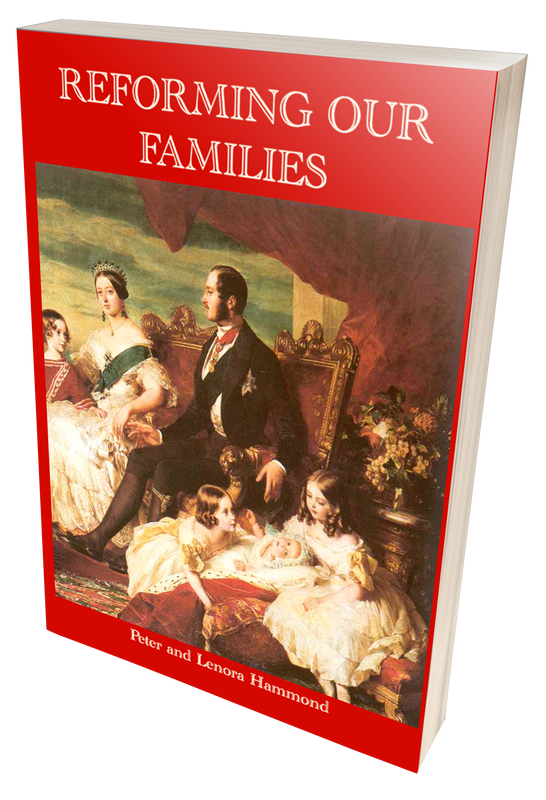
 RSS Feed
RSS Feed

